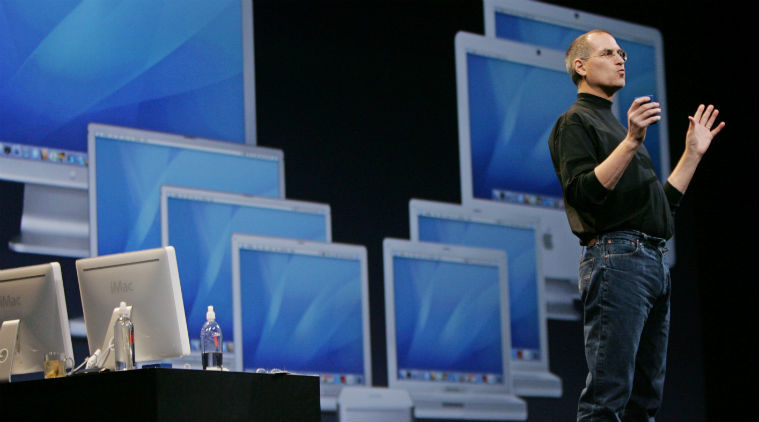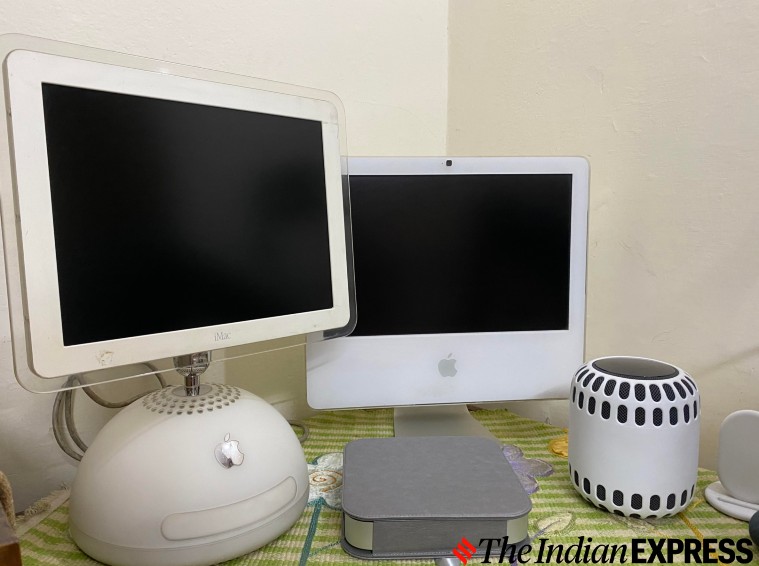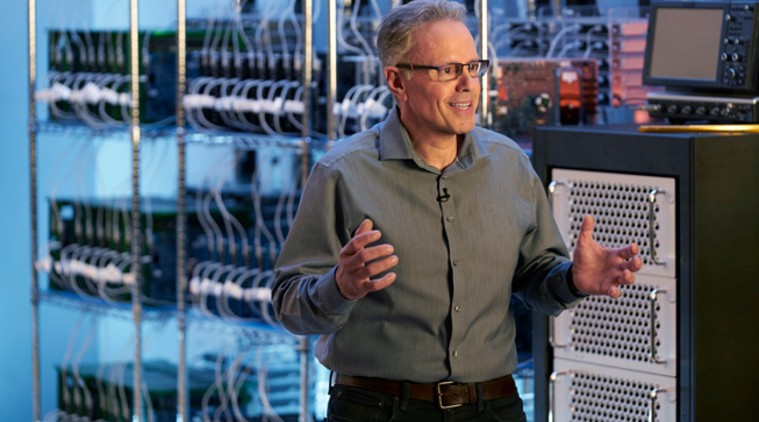In his keynote address at WWDC 2020 last night, when Apple CEO Tim Cook announced that the company would ditch Intel for ARM processors in Mac computers, it was a déjàvu for some like me. At the 2005 WWDC keynote, Steve Jobs had unexpectedly dropped the news of a phased transitioning of the Mac computers to Intel processors from PowerPC chips. It was a big move by Apple to switch from IBM-built PowerPC processors to x86 processors made by Intel.
At that time, many questioned Apple’s motive behind the transition. To answer critics, Jobs addressed the challenges Apple had been facing with the PowerPC. “I stood up here two years ago in front of you and promised you 3.0 GHz. I think a lot of you would like a G5 in your PowerBook, and we haven’t been able to deliver that to you yet,” said Jobs during the WWDC 2005 keynote event in San Francisco. “But as we look ahead, and though we’ve got great products now, and great PowerPC products still yet to come, we can envision some amazing products we want to build for you, and we can’t envision how to build them with the future PowerPC roadmap,” he said.

To make his point clear, Jobs talked about the major transitions in the Mac’s lifespan. In the mid-1990s, Apple made a shift from Motorola 68000 series processors to the PowerPC platform. “The PowerPC set Apple up for the next decade. It was a good move,” he said.
“The second major transition was even bigger — the transition from Mac OS 9 to Mac OS X that we just finished a few years ago,” he continued. “This was a brain transplant. And even though these operating systems (9 and X) vary only by one in name, they are worlds apart in the technology. Mac OS X is the most advanced operating system on the planet and this has set Apple up for the next 20 years.”
Jobs called the jump from PowerPC to Intel processors the third transition. “We are going to begin the transition from PowerPC to Intel processors, and we are going to begin it for you now, and for our customers next year. Why? Because we want to be making the best computer for our customers looking forward to.”
 iMac G4 powered by a PowerPC processor (left), iMac G5 powered by an Intel processor (right). (Image credit: Anuj Bhatia/Indian Express)
iMac G4 powered by a PowerPC processor (left), iMac G5 powered by an Intel processor (right). (Image credit: Anuj Bhatia/Indian Express)
In many ways, Job’s faith and confidence in Intel processors at that time was a logical move. Jobs not only wanted faster processors but he also wanted chipsets to be relatively cool. While PowerPC processors were fast, they required a lot of power and most importantly, those processors ran hot quickly. Jobs also wasn’t happy with IBM on the late delivery of chips.
According to Jobs, Intel processors provide more performance per watt than PowerPC processors do. “When we look at future roadmaps, mid-2006 and beyond, we see PowerPC gives us 15 units of performance per watt, but Intel’s roadmap gives us 70. And so this tells us what we have to do,” he explained.
Story continues below this ad
But making just an announcement and switching completely to a new hardware architecture in a designated time frame are two different things. But Jobs came to WWDC well prepared.
“Starting next year, we will begin introducing Macs with Intel processors,” said Jobs. “When we meet again this time next year, our plan is to be shipping Macs with Intel processors by then. In two years, our plan is that the transition will be mostly complete, and we think it will be complete by the end of 2007.”
 The transition to Apple’s own chips will boost power performance, according to Johny Srouji, Apple senior vice president of Hardware Technologies. (Image credit: Apple)
The transition to Apple’s own chips will boost power performance, according to Johny Srouji, Apple senior vice president of Hardware Technologies. (Image credit: Apple)
The switch to Intel required developers to run their applications on the new chips. However, Jobs and his team had been internally working on this project for years. At WWDC 2005, Jobs revealed that the company had been secretly co-compiling Mac OS X to run on both PowerPC and Intel chips. That wasn’t the only surprise.
During the keynote event, Apple also introduced a new tool called Rosetta which basically allowed developers to convert code built for the PowerPC to run on Intel-powered Macs. At the same time, a new version of Xcode was released, version Xcode 2.1, which allowed developers to create a universal binary that will run on both PowerPC and Intel platforms.
Story continues below this ad
As Jobs promised during the annual WWDC 2005, the entire Mac lineup was moved to run on the latest Intel chipset by 2007. The first Intel-powered Macs – the iMac and MacBook Pro – were announced in January 2006. By switching to Intel, for the first time, it was possible to run Windows on a Mac computer. In 2006, Apple introduced Boot Camp, a brand new way to natively run Windows XP on Mac.
Now 15 years later, Apple is ready for the fourth transition by ditching Intel’s x86 desktop chips for its own custom processors based on an architecture from ARM, a British company owned by the Japanese tech giant Softbank. Apple said the first ARM Mac would ship by the end of 2020, with the full transition taking two years, giving developers enough time to make their apps ready. Apple also announced, “Rosetta 2” that will allow programs to run on both chip architectures.
The shift to Apple’s custom ARM-based chips gives the company tighter control over the hardware and software, something that gives Apple engineers a lot more freedom to play with the hardware. More than a business decision, many see this change coming for long. By switching from Intel to ARM, Apple promises powerful machines with less heat and improved battery consumption. The move to use its own customised microprocessor will give future Macs better security protections that make it more difficult to hack. More than anything else, Apple wants to make always-on Mac notebooks with built-in mobile broadband.
Of course, Apple’s move to make the transition from x86 to ARM would make Intel a bit nervous, even if Apple’s global market share in the computer segment is less than 8 per cent. The switch from Intel to ARM shows that Apple does not need Intel anymore. With both Apple and Microsoft switching to ARM-based chips for their future lineup, Intel has some reason to worry.

 Apple announced the transition from PowerPC processors, developed by IBM and Motorola, to Intel processors way back in 2005 at the Worldwide Developers Conference.
Apple announced the transition from PowerPC processors, developed by IBM and Motorola, to Intel processors way back in 2005 at the Worldwide Developers Conference.
 iMac G4 powered by a PowerPC processor (left), iMac G5 powered by an Intel processor (right). (Image credit: Anuj Bhatia/Indian Express)
iMac G4 powered by a PowerPC processor (left), iMac G5 powered by an Intel processor (right). (Image credit: Anuj Bhatia/Indian Express) The transition to Apple’s own chips will boost power performance, according to Johny Srouji, Apple senior vice president of Hardware Technologies. (Image credit: Apple)
The transition to Apple’s own chips will boost power performance, according to Johny Srouji, Apple senior vice president of Hardware Technologies. (Image credit: Apple)





